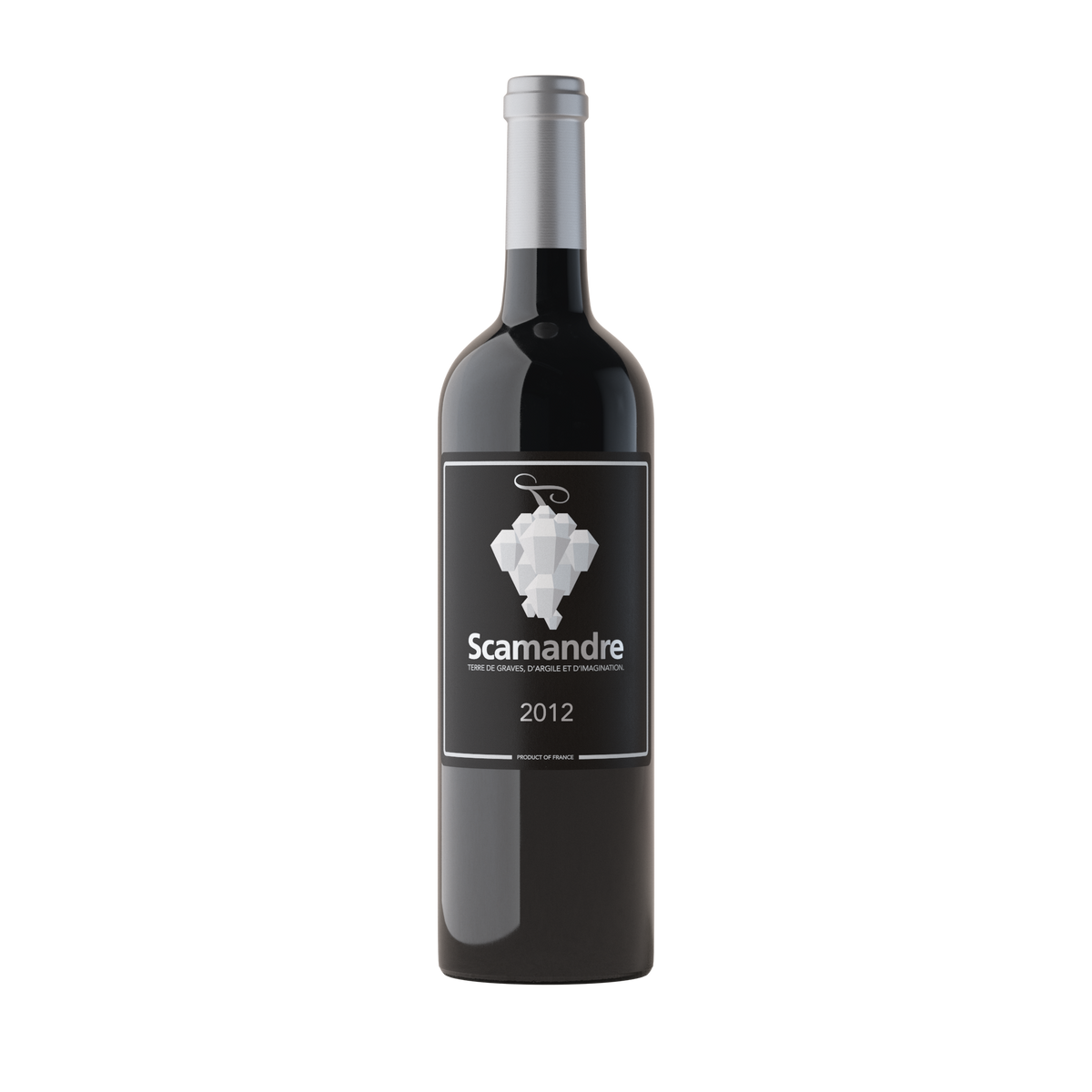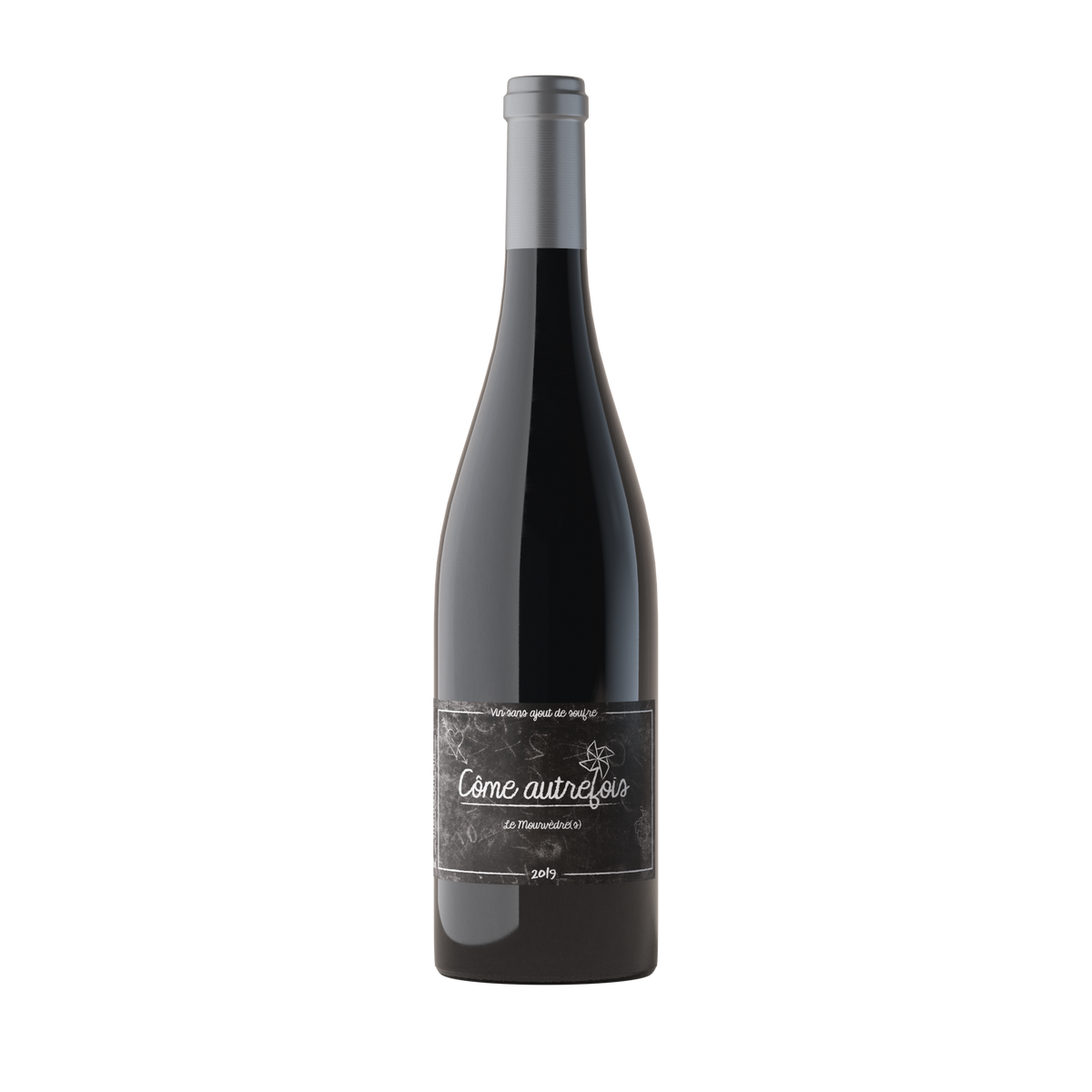A dish to accompany Red Scamander.
Produced since the 2003 vintage, the Scamandre Rouge vintage is the estate’s must-have. Our finest plots of Syrah and Carignan are used in the production of this excellent wine. Since 2019, the blend also includes Petit Verdot, which helps to distinguish this vintage.
Each vintage offers very good aging potential, while offering its nuances and subtleties: the 2019 already expresses fruity and smoky notes while the 2012 is just starting to evolve towards undergrowth notes.
INGREDIENTS - 4 people
Guinea fowl
‒1 raw boneless guinea fowl
-Olive oil
‒125 g of unsalted butter
‒1 bunch of fresh sage
‒6 beautiful sprigs of fresh thyme
‒2 sprigs of fresh rosemary
‒6 crushed garlic cloves
Guinea fowl juice
‒The carcass of the guinea fowl
‒Thigh bones
‒ 1 medium onion
‒ 1 medium carrot
‒ 3 large shallots
- 3 cloves of garlic
‒ 2 hard stalks of celery
‒ 1 leek
‒ 5 sprigs of fresh thyme
‒ 10 cl of cognac
‒ 10 cl of sherry vinegar
Trim
‒2 raw beets
‒20 g of unsalted butter
‒20 g of sugar
‒Flower of salt
‒Ground Timut pepper
PROGRESS
Start with the guinea fowl juice. Cut the carcass into small pieces using poultry scissors. Place half of the poultry pieces in a sauté pan and brown them in olive oil with a pinch of salt. When everything is golden brown, set aside on absorbent paper to degrease. In the same sauté pan, sweat all the vegetables except the thyme, and add the browned pieces of carcass. Heat thoroughly while stirring and flambé with 10 cl of cognac. Deglaze with sherry vinegar then pour 2 liters of cold water, fresh thyme, and return to the boil. After cooking/reducing for about 2 hours, taste and stop when the poultry taste is strong and clear. Pass through a fine sieve, then set aside.
Brown the second part of the carcass, degrease and add the first broth. Reduce until the broth has a pronounced poultry taste, pass through a strainer and put in a small saucepan to continue to reduce. The hardest thing is done !
Peel the beets and cut them into 12 quarters. Cook them in two sauté pans, placing the quarters side by side, and adding a splash of water (halfway up the quarters), two knobs of butter, a pinch of salt and sugar in each saute pan. Cover and cook over low heat until the beets are just cooked and a little firm. During the cooking time, stir the quarters regularly and delicately. Cook them on both sides. There should be no water left at the end. Turn off the heat and let cool.
To cook the guinea fowl, cut the legs in half at the joint. Take the six pieces (two thighs, two drumsticks and two fillets), and cut the skin every 2 to 3 cm to prevent it from shrinking during cooking. Salt the skin with fleur de sel. Place the pieces skin side down in two pans and grill them heavily in olive oil without turning them. Set aside for 10 minutes out of the pans on absorbent paper.
Degrease the pans then add the butter, herbs and crushed garlic cloves. Cook the pieces on the skin over medium heat without turning them, constantly basting with the melted butter (which should foam). Gradually, the flesh on top will whiten and the pieces will cook on the skin side.
Remove the pieces from the pan when the top is white but still half cooked. Arrange the pieces skin side down on a wooden board. Cover the board completely with aluminum foil and let it rest for 15 minutes.
Collect the garlic from the pan for dressing.
During the resting time, reheat the beets and the juice.
Cut all the pieces of guinea fowl in half. Serve a variety of pieces by arranging them in a deep plate, skin side up, and adding juice and a few beetroot wedges.
Great tasting!




